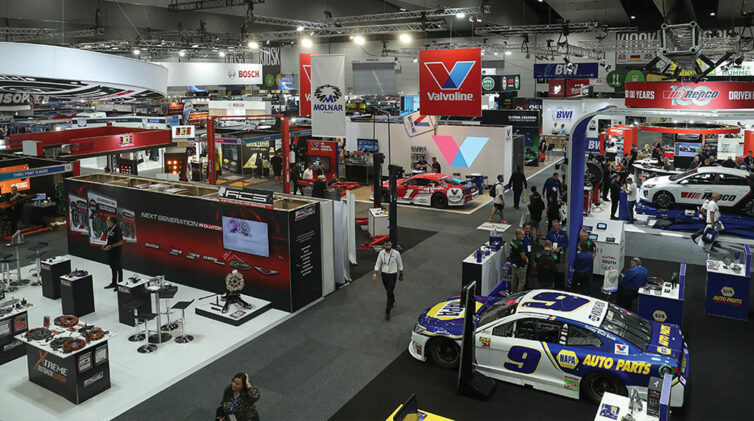This forecast is based on the industry making up for lost sales. But, in the event, the ongoing chip shortages are likely to cause supply constraints that will see the 2022 total clipped to between 16 million and 16.5 million units.
In the US, the profit in new vehicles is being driven by soaring prices with, according to JD Power, the average new car in the US selling for $33,200 in January 2019 skyrocketing to $44,500 in January 2022; an increase of 34 per cent per cent.
In the US, the profit in new vehicles is being driven by soaring prices with, according to JD Power, the average new car in the US selling for $33,200 in January 2019 skyrocketing to $44,500 in January 2022; an increase of 34 per cent per cent.
Most of the increase came in the past 12 months. The important part of this increase in the sales price of new vehicles is that both the OEM and the dealer have benefited with increased margins.
This echoes the market in Australia where the demand for new vehicles remains high with supply constraints leading to profitability never seen before. The important insight here is that this is likely to continue for some time as the supply chain catches up to get the cars into dealer’s yards.
In the past two years both the US and Australia have experienced depressed sales volumes due to the pandemic and supply issues (chip shortage and other raw material shortages).
This has had the effect of bottling up demand with the natural trendline of sales unit volumes at around a 1-2 per cent increase year-on-year.
This matters because it means that in the US the on-trend sales lag is in the millions of units and the economists believe the demand will continue to outstrip supply for years as the OEMs play catch-up to underlying consumer demand.
The situation in Australia is similar. If we assume the annual trend of unit sales volume is 1.1 million, then sales in 2020 were 200,000 below trend and 50,000 below trend in 2021.
While this analysis is very high-level, the message is clear. The pent-up demand in Australia for new cars will continue for years until supply can catch up.
This will lead to strong trading conditions for dealers through 2022 and potentially beyond. (Please note, this ignores outside factors such as recessions and the unfolding situation between Russia and Ukraine.)
This leads to the question everyone is asking: what happens when the current profit surge recedes?
New vehicle department profits are stronger than ever but more fragile long term as dealers will return to being reliant on OEM back-end bonus payments once OEMs ramp up production.
The used vehicle department remains solid which is supported by the market capitalisation values given by investors to the likes of Carvana and CarMax. Similar to what we have experienced in Australia, used car values are climbing to all time highs in the US and demand remains elevated due to new car supply restraints.
The service and parts departments still have significant upside for dealers and have actually declined during the pandemic. Importantly, dealers have let the independent repairers into this market and the key to improving retention according to several customer surveys done in the US, is being convenient.
Simply put, the independent repairers have significantly more outlets providing more convenient and cost-effective servicing to dealers’ customers. Dealers can capitalise on out-of-warranty period services that are currently being done by independents.
F&I gross margins are ever-increasing in the US because they have not had the legislative interventions we have seen in Australia via ASIC’s review in 2017, then ban on flex commissions in November 2018 and the Finance Royal Commission. This remains a risk for US dealerships profitability.
The overall message on the general health of the retail dealership industry is that it’s remarkably robust and able to pivot despite the ever-changing nature of the market.
NADA – Part one: New car prices in US up 34 per cent
NADA – Part two: Dealership of tomorrow update
NADA – Part three: Eight key actions to handle transition
Steve Bragg is the lead partner for motor industry services at Pitcher Partners Sydney reporting from the recent National Automobile Automobile Dealers Association convention in Las Vegas.
By Steve Bragg














 Read More: Related articles
Read More: Related articles

